Tsavo, Kenya
Lumo Conservancy
A Beacon of Sustainability and Conservation
Nestled in the heart of East Africa, the LUMO Conservancy stands as an emblem of harmony between human ambition and nature’s endurance. What makes LUMO truly distinctive isn’t just its breathtaking landscapes or the dazzling diversity of flora and fauna it safeguards but the robust commitment to sustainability and community involvement that forms its foundation.
The LUMO Conservancy is not just a wildlife haven but a testimony to the boundless possibilities that arise when communities unite for a common cause: protecting and preserving the delicate balance of our planet. Each visit to the Conservancy is not merely an exploration of wildlife and terrain; it is a journey into a profound narrative of environmental stewardship, human impact, and an unyielding dedication to the future of our natural world.
In this blog, we embark on a journey through the winding trails of LUMO’s history, immerse ourselves in the rich tapestry of its location, and meet the vibrant variety of life it hosts. We delve into the challenges faced, examine the pillars of support from key organizations, and celebrate the momentous successes achieved. Join us as we unfold the inspiring tale of the LUMO Conservancy.
The LUMO Conservancy,
with its diverse habitats, is a vibrant biodiversity hotspot, playing host to various animal and plant life.
To protect these species, LUMO implements several conservation strategies. Anti-poaching patrols regularly safeguard wildlife, particularly threatened and endangered species. The Conservancy also collaborates closely with researchers and scientists to monitor wildlife populations and better understand their behavior and habitat needs. Regular habitat restoration efforts ensure the flora thrives and continues to support the myriad of life that relies on it.
LUMO’s commitment to biodiversity protection offers a vital sanctuary for an astounding array of species, making it a vibrant and essential bastion for African wildlife.
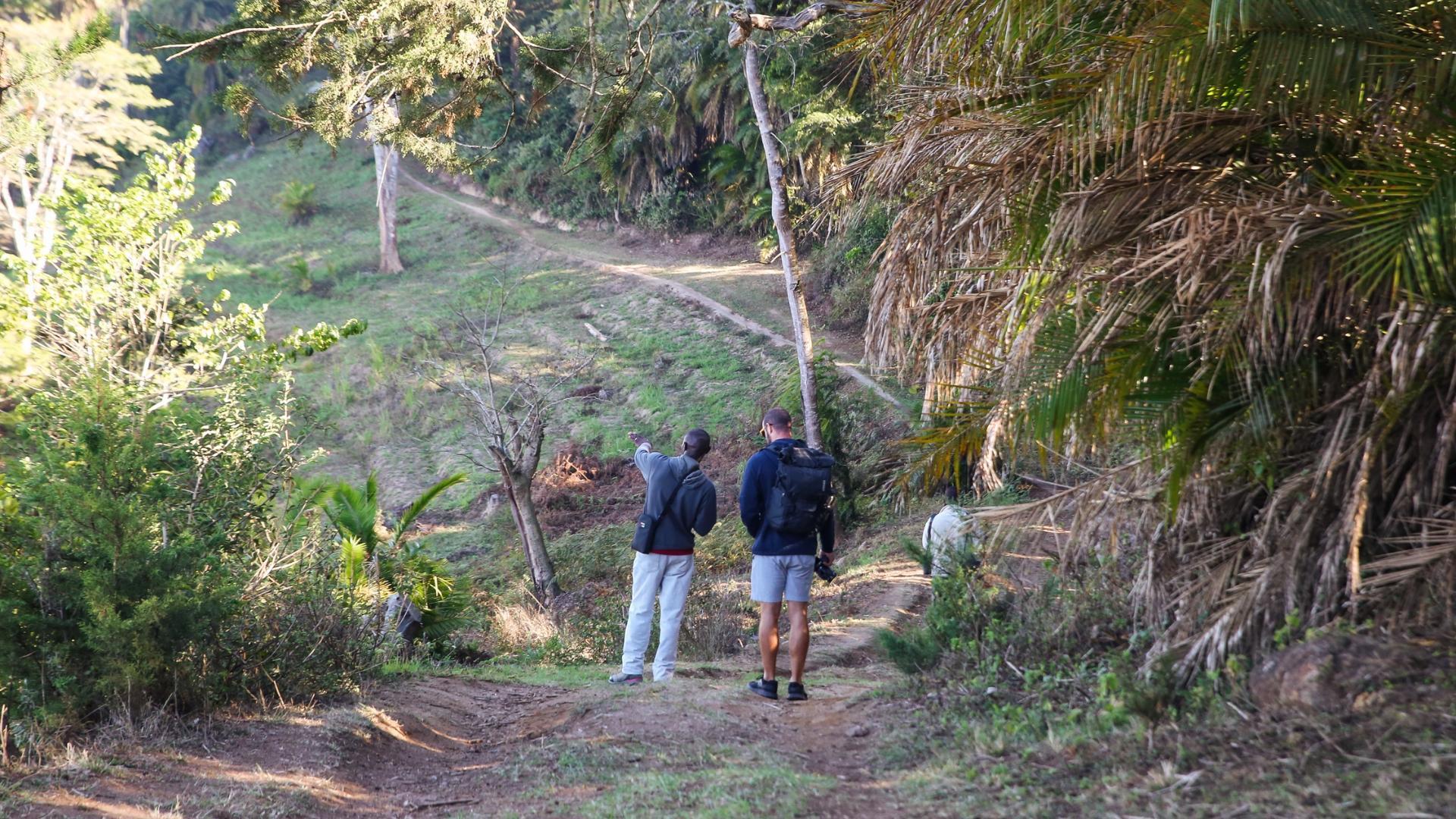
- Location
Lumo Conservancy lies in southern Kenya, between Taita Hills Wildlife Sanctuary and Tsavo West National Park. Part of the larger Tsavo Ecosystem, it serves as a vital wildlife corridor, ensuring free movement for migratory animals, especially elephants.
Size:
Encompassing over 48,000 acres of diverse African landscapes, the Conservancy is a mosaic of open savannahs, rolling hills, woodlands, and a few waterholes.
Landscape:
LUMO’s landscape features open savannahs that are dotted with umbrella thorn acacias and the iconic baobabs. At the same time, the riverine areas are flush with dense woodlands. To the west border of the Conservancy lie the majestic Taita Hills. Their peaks are often wreathed in mist, providing a picturesque backdrop that adds to the unique aesthetic of the Conservancy. These hills enrich the Conservancy’s vistas and influence its climate, making it a favourable habitat for a wide variety of flora and fauna.
Best Time to Visit:
Lumo Conservancy can be visited all year round, but the best time is from June to October and December to March when the weather is dry and wildlife congregates around the river and waterholes. During the rainy season (April–May and November), the scenery is lush, but some areas may be less accessible.
Why Visit Lumo:
LUMO is distinguished not only by its stunning landscapes and rich biodiversity but also by its commitment to sustainability and community engagement. Visiting the Conservancy offers more than wildlife viewing—it is a journey into environmental stewardship and the impact of responsible conservation.
Wildlife:
Among the resident wildlife, you’ll find iconic lions, elephants, buffaloes, and leopards, marking it a prime location for wildlife enthusiasts. Bird watchers find a paradise here, too, with over 300 recorded bird species, some endemic to the area (Taita Thrush, Taita Apalis, Taita White eye etc)
- Location
LUMO Conservancy is an environmental gem in southern Kenya, between the Taita Hills Wildlife Sanctuary and Tsavo West National Park. This geographic location, part of the larger Tsavo Ecosystem, makes the Conservancy a crucial wildlife corridor, fostering biodiversity and ensuring free movement for migratory animals, especially elephants.
Encompassing over 46,000 hectares of diverse African landscapes, the Conservancy is a mosaic of open savannahs, rolling hills, riverine woodlands, and waterholes.
The majestic Taita Hills border the Conservancy to the west, their peaks often wreathed in mist, providing a picturesque backdrop that adds to the unique aesthetic of the Conservancy. These hills enrich the Conservancy’s vistas and influence its climate, making it a favorable habitat for a wide variety of flora and fauna.
LUMO’s strategic location at the heart of the Tsavo Ecosystem and its varied habitats make it an ecological haven and an essential asset in regional wildlife conservation. The defining characteristics of this location – from its geological features to its biodiversity – truly underscore the uniqueness and importance of the LUMO Conservancy.
- Flora
LUMO’s flora is as diverse as its fauna. The open savannahs are dotted with umbrella thorn acacias and the iconic baobabs. At the same time, the riverine areas are flush with dense woodlands consisting of fever trees, doum palms, and tamarinds. The Conservancy is also known for its groves of Salvadora persica, a plant used traditionally for dental hygiene.
- Fauna
Among the resident fauna, you’ll find iconic lions, elephants, buffaloes, and leopards, marking it a prime location for wildlife enthusiasts. Bird watchers find a paradise here, too, with over 300 recorded bird species, including the African fish eagle and the crowned crane, adorning the skies with their vibrant hues and melodious calls.
Community and Impact
Founded from three locally-owned ranches, LUMO benefits the surrounding community through tourism, while the community helps protect the Conservancy. Many staff—from rangers to lodge personnel—come from local communities, ensuring employment and a vested interest in the Conservancy’s wellbeing.
At the heart of LUMO Conservancy’s success is the unique bond it shares with the local community. The Conservancy was conceived from a fusion of three different ranches – Lualenyi, Mramba, and Oza – owned by the local Taita community. This unique structure reflects the community’s commitment to conserving its local environment and promoting socio-economic development.
The Conservancy has been instrumental in offering economic benefits to the local community, primarily through tourism. Profits from tourism activities such as game drives, bird watching, and lodge stays are channeled back into the community. These funds have been vital in improving local infrastructure, funding education, and supporting health services, thereby directly contributing to the upliftment of the local community.
In return, the community plays a crucial role in protecting and preserving the Conservancy. Many of the staff at the Conservancy – from rangers to lodge staff – hail from the local community, providing them with steady employment and a vested interest in the wellbeing of the Conservancy. The local people’s traditional knowledge of the land and its ecosystem also contributes significantly to the Conservancy’s management strategies.
Beyond economics and conservation, the LUMO Conservancy also fosters a sense of pride among community members. It is not just a wildlife sanctuary but a testament to their efforts, values, and profound connection with the land they call home.
Thus, the relationship between LUMO Conservancy and the local community is not just symbiotic but deeply intertwined – a reflection of the belief that successful conservation can only be achieved when local communities are active participants and beneficiaries of conservation efforts.
Challenges
Despite its numerous successes, the LUMO Conservancy, like many conservation projects worldwide, grapples with various challenges.
- Poaching
Despite proactive anti-poaching patrols, poaching remains a persistent threat. Many smaller species within the Conservancy, such as Dikdik, are targeted for bush meat, highly valued in the harsh economic climate. To tackle this, the Conservancy and Soroi Lions Bluff Lodge invested in training and equipping rangers and employing advanced surveillance technology to detect and deter poaching activities.
- Human-Wildlife Conflict
As human populations grow and expand, wildlife habitats are encroached upon, leading to increased human-wildlife conflicts. Animals venturing into farmlands can damage crops and property, posing substantial challenges to local livelihoods. The Conservancy has been active in implementing strategies to manage these conflicts, including fencing sensitive areas, creating wildlife corridors, and educating the community about coexistence.
- Climate Change
Changes in weather patterns, prolonged drought periods, and erratic rainfall significantly impact the Conservancy’s ecosystems. These challenges are addressed through long-term monitoring and adaptive management strategies to ensure the Conservancy can adjust to changing environmental conditions. Additionally, reforestation efforts are ongoing to capture carbon and mitigate the effects of climate change
As LUMO continues to navigate these obstacles, it reinforces its commitment to harmonious coexistence between people and wildlife and its dedication to a sustainable future.
Successes
The journey of the LUMO Conservancy has been marked with numerous victories that highlight its pivotal role in conservation.
- Species Recovery
One of the significant successes has been the remarkable recovery and increase in populations of several species. The elephant population, which once faced severe threats from poaching, has steadily risen thanks to rigorous anti-poaching measures. Similarly, the Conservancy’s protection efforts have seen a rebound in the population of lions, demonstrating the Conservancy’s impact on preserving and enhancing biodiversity.
- Community Development
The integration of community benefits into the Conservancy’s model has resulted in tangible improvements in the living standards of local people. Investments in infrastructure, education, and healthcare have uplifted the community and fostered a sense of ownership and pride among community members, encouraging them to actively participate in conservation efforts.
The LUMO Conservancy’s successes are a testament to the power of community-driven conservation. The Conservancy is an inspiring example of how people and wildlife can co-exist and thrive and how dedicated conservation efforts can drive significant positive change.
Role of Soroi Lions Bluff Lodge
One of the key pillars supporting the LUMO Conservancy’s operations is the Soroi Lions Bluff Lodge, a magnificent destination located within the Conservancy, renowned for its commitment to sustainable tourism. As a Silver Eco Rated Lodge, it upholds stringent environmental conservation standards and socio-economic commitment to the local community.
- Financial Support: Most of the lodge’s profits are directed towards the Conservancy. This funding is critical in maintaining the day-to-day operations of LUMO, supporting everything from anti-poaching patrols to habitat restoration efforts.
- Awareness and Education: The lodge also plays a crucial role in raising awareness about the Conservancy and its conservation efforts. By hosting guests worldwide, the lodge exposes a global audience to the beauty of LUMO and the importance of its preservation. Additionally, it provides educational opportunities for visitors to learn about wildlife conservation and the area’s unique ecosystem.
- Local Community Support: Soroi Lions Bluff Lodge is a significant local employer, providing jobs to community members and thus contributing to local economic growth. The lodge prioritizes local sourcing for supplies, further supporting local businesses.
- Sustainable Practices: The lodge is committed to environmentally friendly operations in line with its Silver Eco-rating. From solar power to water recycling and waste management, the lodge ensures its footprint on the environment is as light as possible, thereby aligning its operations with the broader conservation goals of the Conservancy.
The symbiotic relationship between the Soroi Lions Bluff Lodge and the LUMO Conservancy illustrates how, when managed responsibly, tourism can play a significant role in supporting conservation efforts. It underscores the potential of sustainable tourism as a tool for environmental preservation and socio-economic development.
The LUMO Conservancy is more than a wildlife sanctuary; it is a vibrant testament to the power of community collaboration and dedication to environmental stewardship. By harmoniously blending conservation with community development, LUMO has created a sustainability model that goes beyond the preservation of flora and fauna. It is an inspiring example of how people and wildlife can co-exist and thrive, fostering a future where conservation fuels progress and prosperity.
Its strategic location as a wildlife corridor, its varied and rich habitats, and its success in protecting numerous species are instrumental in preserving Africa’s precious biodiversity. Yet, its impact is not confined within its borders. The ripples of its success have extended far and wide, inspiring similar initiatives and setting a benchmark for community-based conservation efforts.
The challenges faced by the Conservancy are undoubtedly significant. Yet, each obstacle overcome only attests to the resilience and dedication of all those involved, from the local community members to the partnering organizations. LUMO has shown that when faced with adversity, communities can band together to make remarkable strides in conservation.
As we look to the future, the LUMO Conservancy stands as a beacon of hope and resilience, a tangible embodiment of the belief that we can carve out a future where sustainability is not an afterthought but the foundation of progress. The journey is far from over, but as long as places like LUMO exist, driven by their commitment to protect and nurture, there will always be hope for our planet.
The story of LUMO is not just about a conservancy; it’s about a vision for a sustainable future, a testament to the indomitable human spirit, and a call to action for each of us. Because in the end, the conservation of our natural world is not just a responsibility—it’s the key to our survival.
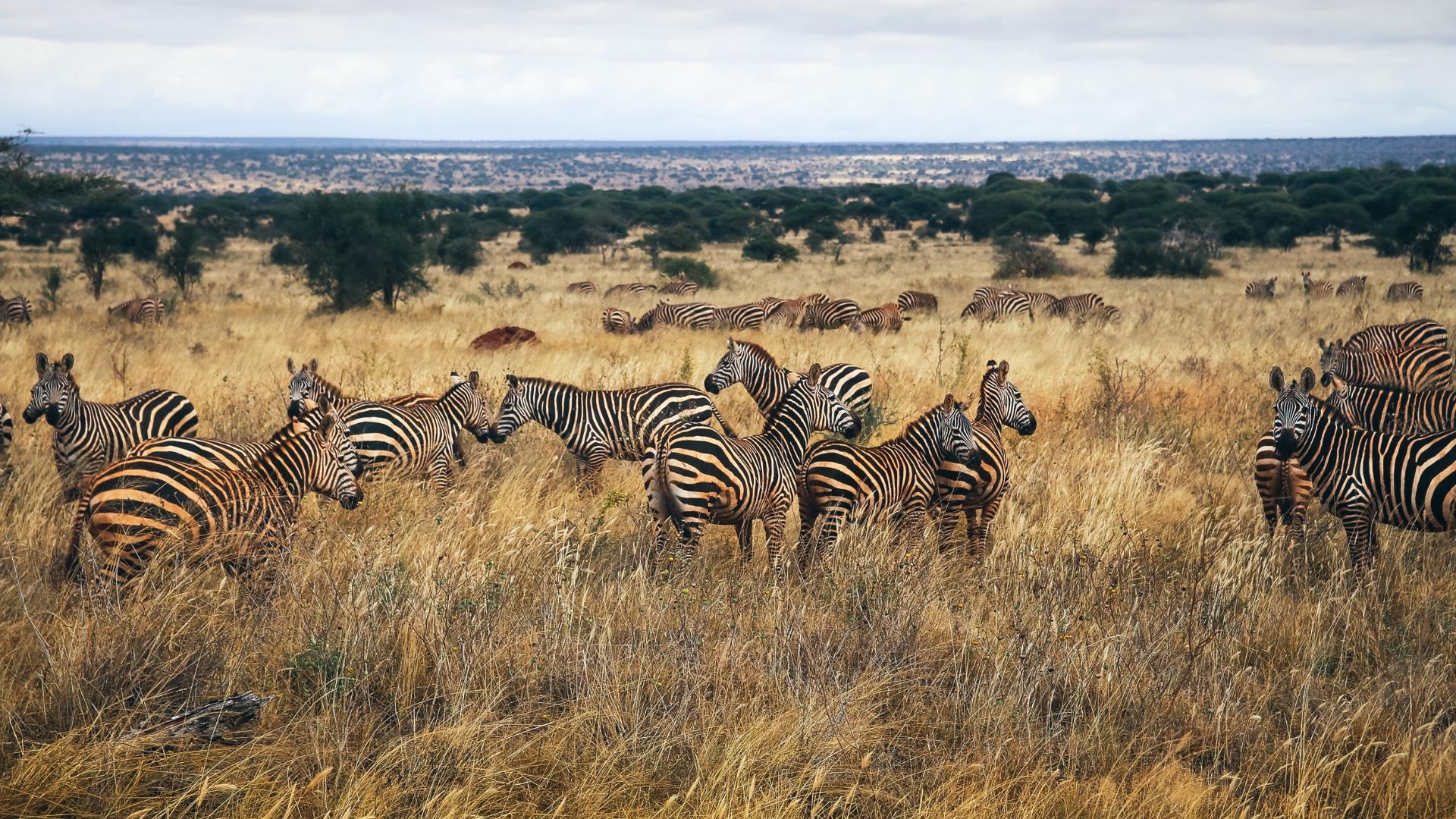
How Your Booking Fuels LUMO’s Community & Wildlife Conservation
Your Soroi Lions Bluff Lodge stay goes beyond luxury; it fuels a noble cause. Every booking contributes directly to the work, our NGO, Community & Wildlife Conservation, does. Your support empowers local communities with food donations, educational materials, and job opportunities. It helps protect wildlife against poaching, tree planting to safeguard biodiversity, and educational outreach in remote villages. Together, we’re not just creating unforgettable experiences but making a tangible difference in conservation and community upliftment

Animals
Elephant
- African Elephant
Cat
- African Wild Cat
- Cheetahs
- Leopard
- Lions
- Melanistic Serval Cat
- Normal Serval Cat
Other Predators
- Bat Eared Fox
- Civet Cat
- Genet Cat
- Honey Badgers
- Silver Backed Jackals
- Spotted Hyena
- Striped Hyena
Plain Game
- Cape Buffalo
- Common Zebras
- Kongoni
- Maasai Giraffes
- Wildebeest
Antelope
- Bushbuck
- Elands
- Fringed Eared Oryx
- Grants Gazelles
- Impala
- Klipspringer
- Lesser Kudu
- Suni
Small Mammals
- Aardvark
- Aardwolf
- Bush Baby
- Common Slender Mongoose
- Red Duiker
- White Tailed Mongoose
Primates
- Syke Monkey
- Vervet Monkey
- Yellow Baboon
Reptiles
- Black Mamba
- Gecko
- Great Plated Lizard
- Green Mamba
- Monitor Lizard
- Nile Monitor
- Puff Adder
- Red Beaked Snake
- Spitting Cobra
- Spotted Green House Snake
- Yellow Headed Agama
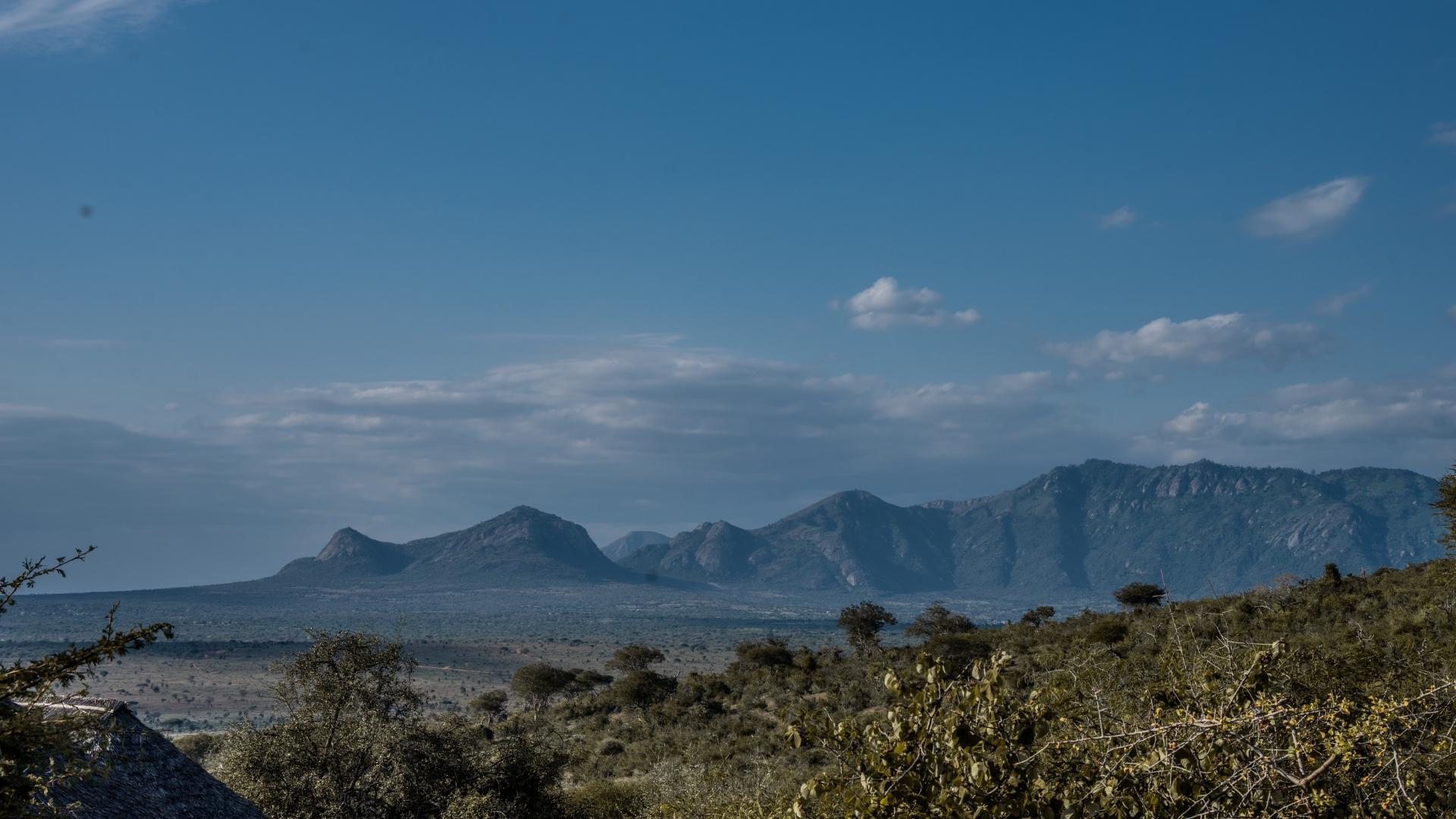
Plants
Trees
- Acacia Elatior
- African Myrrh – Commiphora Africana
- Azadirachta Indica
- Blackthorn – Acacia Mellifera
- Buffalo Thorn – Ziziphus Mucronata
- Cherry-Blossom Tree – Albizia Anthelmintic
- Cordia Africana
- Cordia Sinensis
- Creamy Peacock Flower – Delonix Elata
- Diamond Leaf – Euclea Divinorum
- Erythrina brucei
- False-Marula – Lannea Stuhlmannii
- Fever Tree – Acacia Xanthophloea
- Hog Plum – Ximenia Americana
- Knob Wood – Zanthoxylum Chalybeum
- Maerua Glauca
- Melia volkensii
- Red Bark Acacia – Vachellia Reficiens
- Sheperd Tree – Boscia Albitrunca
- Snot Berry – Cordia Monoica
- Sycamore Fig – Ficus Sycomorus
- Whistling Thorn Acacia – Vachellia Drepanolobium
Succulants
- African Baobab – Adansonia Digitata
- African Spear Plant – Sansevieria Cylindrica
- Aloe Vera
- Candelabra Tree – Euphorbia Candelabra
- Cape Aloe – Aloe Ferox
- Euphorbia Cuneata
- Euphorbia Heterochroma
- Euphorbia Kibwezensis
- Kalanchoe tomentosa
- Pencil Cactus – Euphorbia Tirucalli
Shrubs
- Adenia Globosa
- African Basil – Ocimum Gratissimum
- Asparagus Africanus
- Bastard Brandy Bush – Grewia Bicolor
- Bidens Pilosa
- Blepharis Ciliaris
- Cadaba Farinosa
- Centemopsis Gracilenta
- Crinum Macowanii
- Dwarf Aspilia – Aspilia Pluriseta
- Elephants Toothpick – Sansevieria Pearsonii
- Erythrococca Bongensis
- Fireball Lilly – Scadoxus multiflorus
- Flame Lily – Gloriosa Superba
- Forest Burr – Pupalia Lappacea
- Gardenia Obtusifolia
- Grewia Similis
- Hypoestes Forskaolii
- Ipomoea Jaegeri
- Ipomoea Kituiensis
- Jammy Mouth – Ruttya Fruticosa
- Justicia Flava
- Leonotis Mollissima
- Leonotis Nepetifolia
- Madagascar Periwinkle
- Mallow Raisin – Grewia Villosa
- Plectranthus barbatus
- Wild Basil – Ocimum Americanum
- Wood Sorrel – Oxalis
- Woolly Caper Bush – Capparis Tomentosa
Grasses
- African Milkweed – Asclepias Fruticosa
- Commelina Benghalensis
- Devils Thorn – Tribulus Terrestris
- Little Hogweed – Portulaca Oleracea
- Rats Ear – Commelina Forskaolii
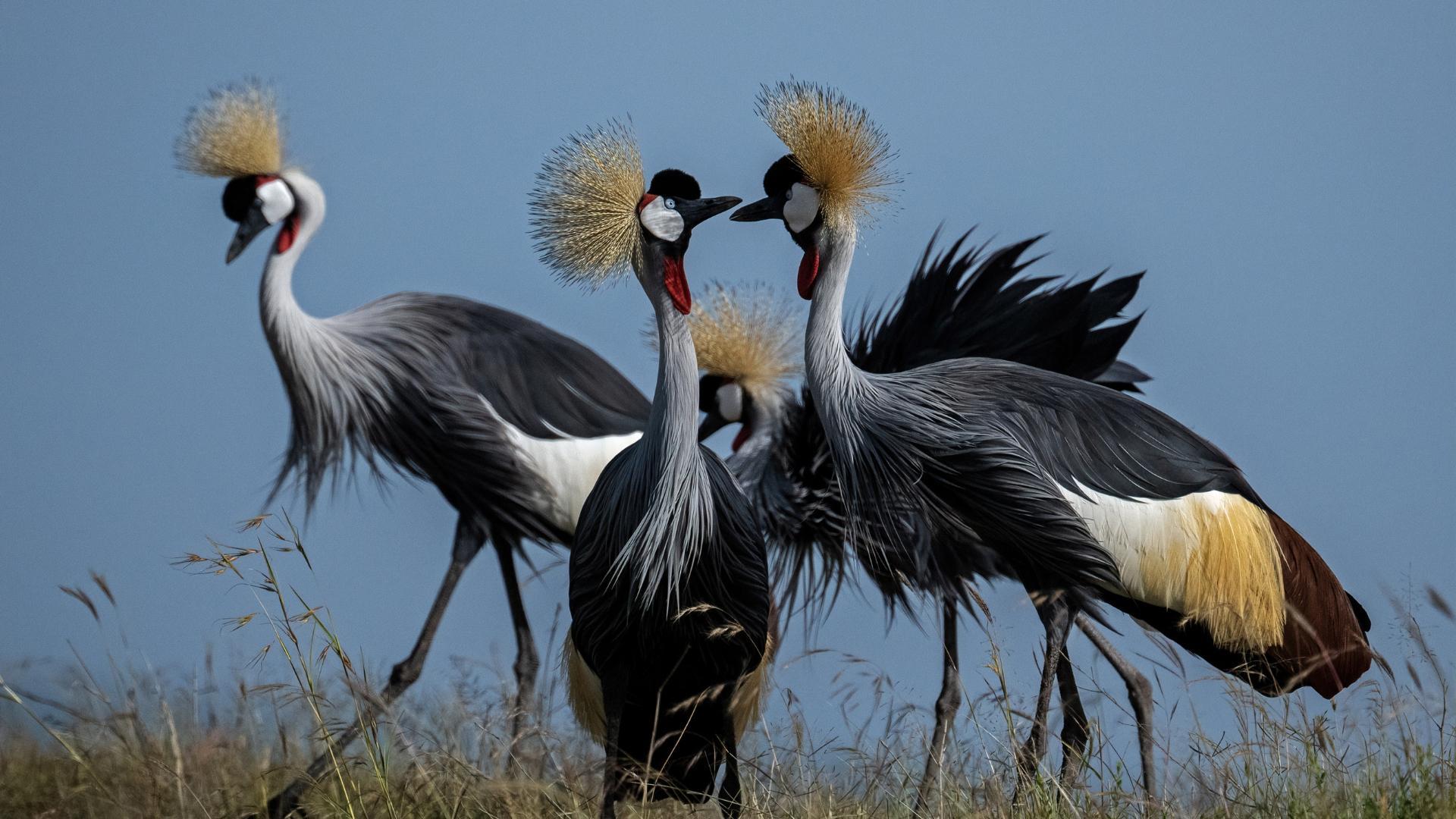
Birds
Big Birds
- Common Ostrich
Doves & Pigeons
- African Mourning Dove
- Emerald–spotted Wood Dove
- Namaqua Dove
- Red-eyed Dove
- Ring–neck Dove
Fowl
- Coqui Francolin
- Crested Francolin
- Helmeted guineafowl
Ground Runners
- Black-faced Sandgrouse
- Buff–crested Bustard
- Common Sandpiper
- Crowned Plover
- Hartlaub’s Bustard
- Kori Bustard
- Spotted Thick-knee
- Three-banded Plover
- White-bellied Bustard
Insect and Berry Eaters
- Abyssinian Scimitarbill
- African Cuckoo
- Blue-naped Mousebird
- Blue-checked Bee-eater
- Grey Hornbill
- Hoopoe
- Klaas’s Cuckoo
- Little Bee-eater
- Red–bill Hornbill
- Southern Ground Hornbill
- Speckled Mousebird
- Von der Decken’s Hornbill
- White-bellied Go–away bird
- White-browed Coucal
Larks
- Fawn–colored Lark
- Fischer’s Sparrow Lark
- Flappet Lark
- Friedmann’s Lark
- Red-winged Lark
Parrots
- African Orange-bellied Parrot
Raptors
- African white-backed Vulture
- African Fish Eagle
- African Harrier Hawk
- Amur Falcon
- Augur Buzzard
- Bateleur
- Black-shouldered Kite
- Brown Snake Eagle
- Common Kestrel
- Eastern Chanting Goshawk
- Eurasian Hobby
- Lanner Falcon
- Lizard Buzzard
- Long-crested Eagle
- Martial Eagle
- Motagu’s Harrier
- Pearl-spotted Owlet
- Pygmy Falcon
- Ruppell’s Vulture
- Secretary Bird
- Spotted Eagle Owl
- Tawny Eagle
- Verreaux’s Eagle Owl
- Wahlberg’s Eagle
- White–neck Raven
- Vereaux Eagle
Rollers
- Eurasian Roller
- Lilac-breasted Roller
- Rufous–Crowned Roller
Shrikes
- Black-crowned Tchagra
- Black cuckoo Shrike
- Common Drongo
- Isabelline Shrike
- Long–tail Fiscal Shrike
- Northern white–crown Shrike
- Red-backed Shrike
- Rosy–patched Bush-Shrike
- Slate–Coloured Boubou
- Taita Fiscal Shrike
- Three-streaked Tchagra
- White-crested Helmet-Shrike
Small Birds
- African Pied Wagtail
- Alpine Swift
- Barn Swallow
- Black-faced Waxbill
- Black-headed Batis
- Cardinal Woodpecker
- Common Bulbul
- Common Rock Thrush
- Common Waxbill
- D’arnaud’s Barbet
- Fischer’s Starling
- Golden-breasted Starling
- Golden Pipit
- Greater Blue-eared Starling
- Grey-backed camaroptera
- Grey-headed Sparrow
- Grey Wren Warbler
- Hildebrandt’s Starling
- Hunter’s Sunbird
- Icterine Warbler
- Isabelline Wheatear
- Lesser Honeyguide
- Little Swift
- Mosque Swallow
- Northern Brown- Bulbul
- Northern grey Tit
- Northern Crombec
- Pale Flycatcher
- Pied Wheatear
- Pin-tailed Whydah
- Purple Grenadier
- Red–and–yellow Barbet
- Red–Bill Oxpecker
- Red-billed Firefinch
- Red-cheeked Cordon–blue
- Red-fronted Tinkerbird
- Somali Golden-breasted Bunting
- Spot-flanked Barbet
- Spotted Flycatcher
- Streaky Seed–eater
- Superb Starling
- Tawny flanked Prinia
- Tiny Cisticola
- Upcher’s warbler
- Variable Sunbird
- Wattled Starling
- White-browed Sparrow
- Wire–tail Swallow
- Yellow-breasted Apalis
- Yellow-spotted Petronia
Water Birds
- African Jacana
- African Spoonbill
- Black-headed Heron
- Cattle Egret
- Greater White Egret
- Grey-headed Kingfisher
- Hammerkop
- Long-tailed Cormorant
- Malachite Kingfisher
- Malachite Kingfisher
- Marabou Stork
- Sacred Ibis
- Spur-winged Goose
- Striated Heron
- Striped Kingfisher
- Wooly–necked Stork
- Yellow-billed Egret
Weavers
- Black–neck Weaver
- Chestnut Weaver
- Red-billed Buffalo–Weaver
- Red-headed Weaver
- Village Weaver
- White-headed Buffalo–Weaver

